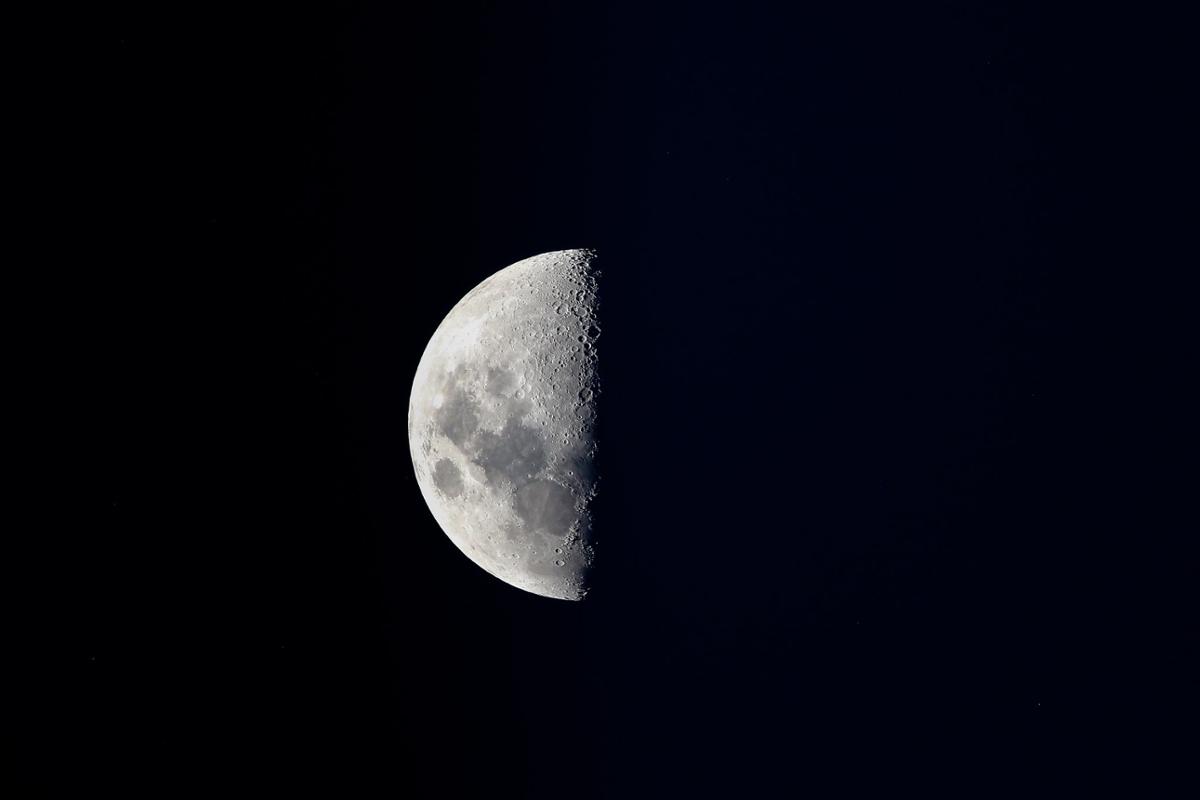There’s something different about the dark side of the Moon, and it’s not just that we can’t see it from the Earth. Ever since the first space missions gave us our first glimpses of the side of the Moon that faces away from the Earth, we’ve known that it’s physically different from the near side—the part that we can normally see.
While the near side is splotched with smooth dark plains caused by ancient lava flows, the far side is pockmarked with craters. Later missions revealed that the geochemical makeup of the two sides was different, too. We learned that, unlike the far side, the near side has a region where a strange combination of elements, including potassium, rare earth elements, phosphorus, and thorium, are concentrated. What we didn’t know was what caused these differences in both terrain and geochemistry.
Scientists have a theory. Their study focused on a huge impact that happened billions of years ago near the moon’s south pole. The scientists ran computer simulations of the impact, which showed how heat generated by the collision would have redistributed material in the lunar mantle. Before the impact, the unusual combination of elements we found on the near side of the Moon was probably distributed evenly in the mantle all around the Moon. But the heat plume caused by the impact may have shifted it all to where it is today.
The mystery isn’t completely solved, but now we’re less in the dark about the dark side of the Moon.










